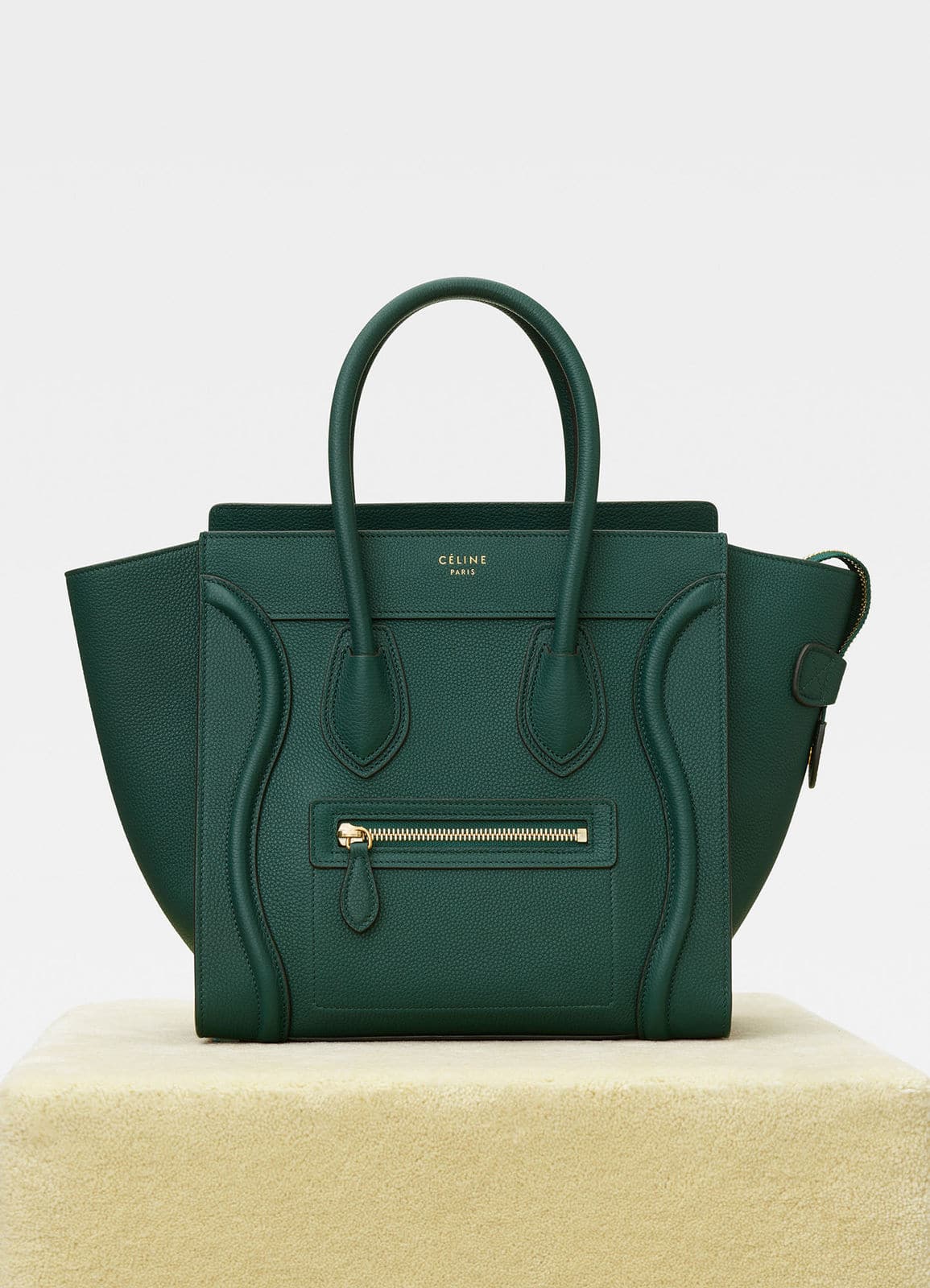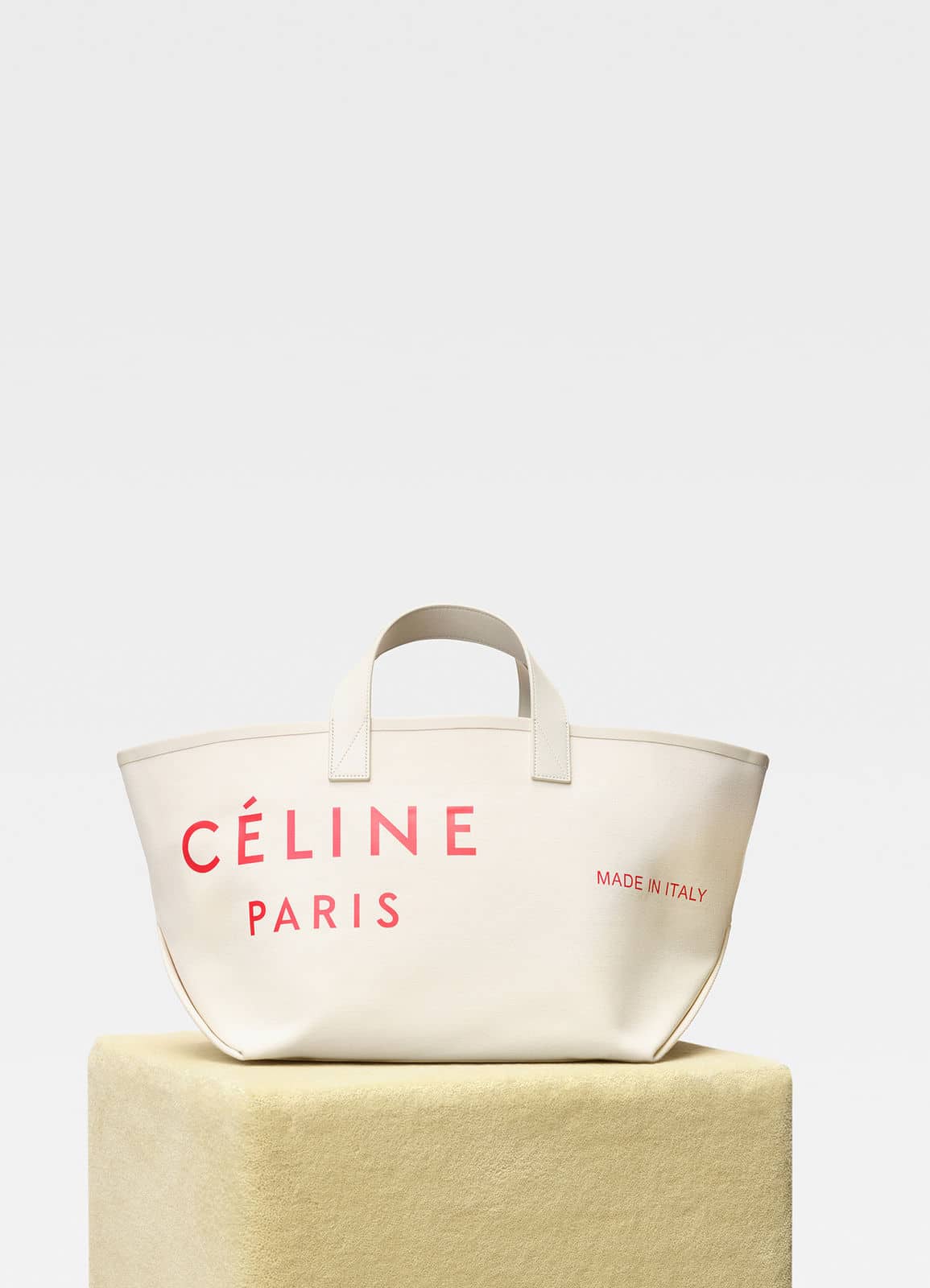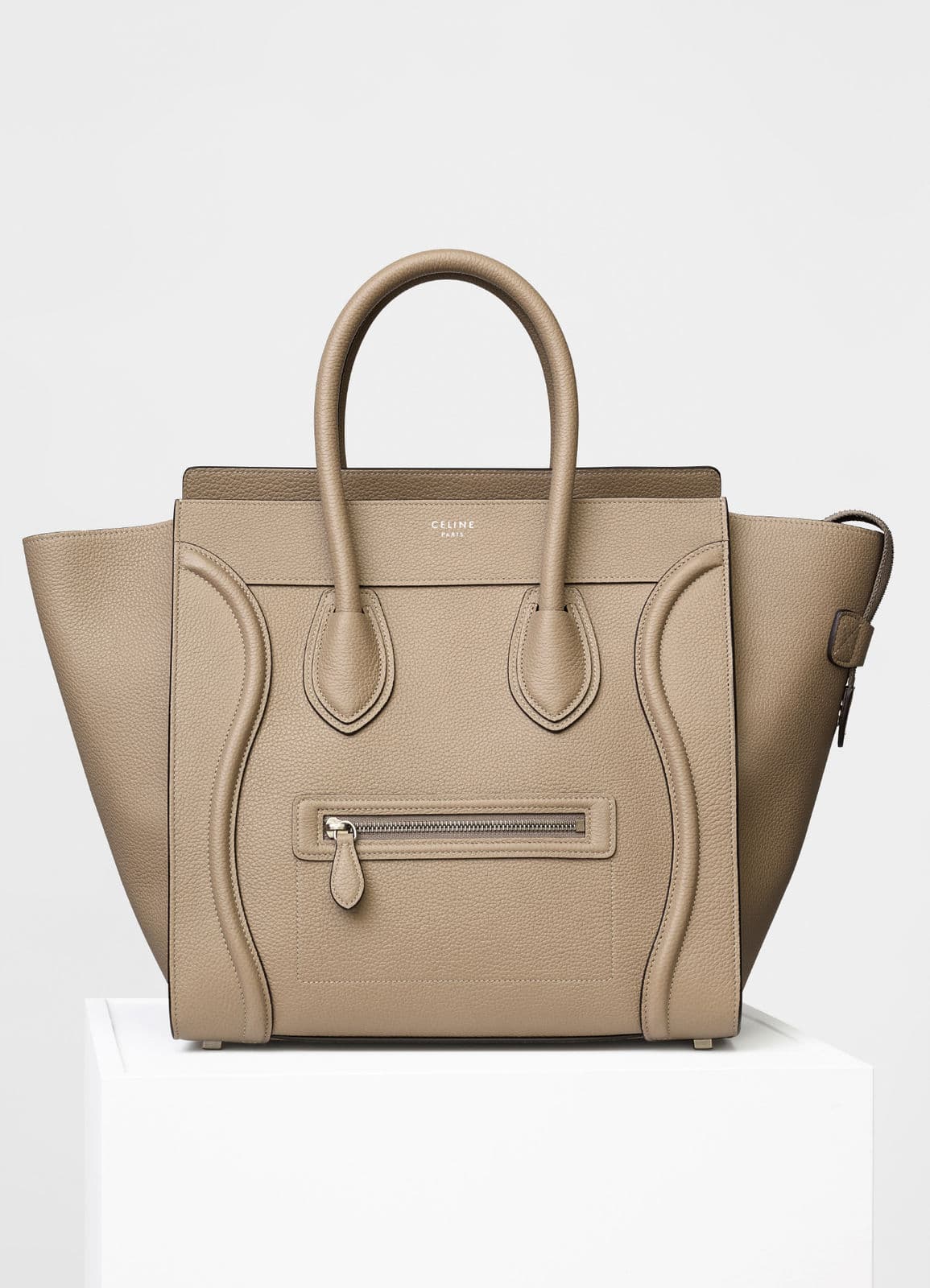Most authentic Celine handbags are meticulously crafted in Italy, primarily in a dedicated factory located in the picturesque region of Tuscany. This commitment to Italian production is a cornerstone of the brand’s reputation for superior quality and timeless elegance.

Table of Contents
- The Italian Heart of Celine’s Production
- What “Made in Italy” Truly Signifies for a Luxury Handbag
- A Glimpse Inside the Celine Ateliers
- How to Verify the Origin of Your Celine Handbag
- Do All Celine Products Originate from Italy?
- The Enduring Value of European Craftsmanship
The Italian Heart of Celine’s Production
The provenance of a luxury item is integral to its identity, and for Celine, that identity is deeply rooted in Italy. While Celine is a French fashion house, founded in Paris in 1945, the production of its celebrated leather handbags was strategically moved to the heart of the world’s finest leather-working region. The brand’s primary leather goods factory is located in Radda in Chianti, a town in Tuscany, Italy. This facility is not merely an assembly line; it is an atelier where traditional techniques meet modern precision.

This decision to produce in Italy allows Celine to tap into a rich ecosystem of multi-generational artisanal talent. Italian leatherworkers are world-renowned for their meticulous attention to detail, their deep understanding of materials, and their passion for creating objects of lasting beauty. By situating its manufacturing in Tuscany, Celine ensures that every handbag is imbued with this heritage of excellence, from the iconic Luggage Tote to the sophisticated Classic Box Bag.

What “Made in Italy” Truly Signifies for a Luxury Handbag
The “Made in Italy” label is far more than a simple statement of geographic origin; it is a globally recognized symbol of superior quality, design excellence, and unparalleled craftsmanship. For a brand like Celine, this label represents a promise to the consumer. It signifies that the product was created in an environment with stringent quality controls, by artisans who are masters of their trade, and from materials that are among the finest in the world.
Legally, the “Made in Italy” mark is protected and indicates that the most substantial stages of manufacturing occurred within Italian borders. This protects against counterfeit goods and assures buyers of the item’s authenticity. For a Celine handbag, this means the intricate processes of leather cutting, stitching, hardware attachment, and final finishing are all performed by skilled Italian hands. This dedication to authentic, localized production is a key differentiator in the luxury market, elevating the bag from a mere accessory to a piece of functional art.
A Glimpse Inside the Celine Ateliers
The creation of a Celine handbag is a symphony of precision, skill, and patience. Inside the Tuscan ateliers, a blend of time-honored methods and sophisticated technology ensures that every piece meets the brand’s exacting standards. The process is a testament to the human touch in luxury manufacturing.
The Artisanal Craftsmanship Process
Each Celine bag begins its journey as a selection of premium leather hides. Expert artisans, known as tagliatori, inspect each hide for imperfections before precisely cutting the patterns. This initial step is critical, as the placement of the cut determines the bag’s final appearance and durability. Following this, the pieces are handed over to craftspeople who specialize in assembly and stitching. Much of the sewing is done by hand, particularly on signature details and structural seams, requiring immense skill and a steady hand.
The process involves dozens of individual steps, from edge painting and burnishing to the careful attachment of clasps, zippers, and feet. Each stage is performed by a specialist, ensuring that every element of the handbag is flawless. This division of labor, honed over generations, allows for an incredible level of refinement that is impossible to replicate with mass-production techniques.
Sourcing the Finest Materials
The foundation of a magnificent handbag is its material. Celine is renowned for its use of exceptional leathers, primarily sourced from prestigious tanneries in Italy and France. The brand predominantly uses premium calfskin, prized for its smooth texture, durability, and ability to develop a beautiful patina over time. Other materials include supple lambskin, exotic skins, and durable textiles for certain collections.
The hardware on Celine bags—such as zippers, clasps, and protective feet—is also of the highest quality. It is typically crafted from brass and finished with a durable plating of gold or palladium, designed to resist tarnishing and wear. The synergy between these superior materials and the skilled hands that shape them is what gives a Celine handbag its distinctive look and feel.
How to Verify the Origin of Your Celine Handbag
Authenticating a luxury handbag involves examining several key details, and the “Made in Italy” stamp is one of the most important. On a genuine Celine bag, this stamp is a mark of its true provenance. You will typically find the heat-stamped brand logo and the country of origin on the leather exterior or interior of the bag. The font should be clean, sharp, and perfectly spaced.
The stamp usually reads “CELINE” with “PARIS” underneath on the exterior, and “Made in Italy” discreetly placed on the interior, often on a leather tag or directly on the lining. Counterfeiters often struggle to replicate the exact font and heat-stamping pressure, resulting in stamps that are blurry, too deep, or uneven. Pay close attention to the quality of this marking when assessing authenticity.
| Feature | Authentic Celine Handbag | Common Counterfeit Signs |
|---|---|---|
| Stamp Location | Interior leather tag or directly stamped on the lining. Clearly legible. | Incorrect placement, often on a flimsy fabric tag or missing entirely. |
| Font & Spacing | Sharp, clear, and evenly spaced sans-serif font. “Made in Italy” is distinct. | Blurry, thick, or uneven letters. Incorrect font style or sloppy spacing. |
| Heat-Stamping Quality | Crisp and clean imprint, not too deep or too faint. | Stamp appears burned into the leather (too deep) or is painted on. |
| Overall Craftsmanship | Impeccable stitching, high-quality hardware, and premium leather feel. | Uneven stitching, cheap-feeling hardware, and low-quality materials. |
Do All Celine Products Originate from Italy?
While Celine’s leather handbags are a flagship of Italian manufacturing, it is important to note that not every single item from the fashion house is made there. The brand’s focus on sourcing the best craftsmanship for each product category means production is diversified. For instance, Celine’s ready-to-wear clothing collections are often produced in France, befitting its Parisian heritage. Some smaller accessories or specific components might be crafted in other European countries known for their expertise, such as Spain.
However, when it comes to the core category of leather handbags, Celine maintains its unwavering commitment to Italian production. There are persistent rumors about luxury brands moving production to countries like China to cut costs, but for its main handbag lines, Celine has proudly kept its manufacturing base in Italy. This ensures that the quality and heritage associated with its most iconic products remain intact.
The Enduring Value of European Craftsmanship
The dedication to heritage and material excellence seen in Celine’s Italian workshops is a hallmark of true luxury. This philosophy resonates with discerning consumers who appreciate that the value of an item extends beyond its brand name to the story of its creation. The choice to invest in an item “Made in Italy” is an investment in a tradition of quality that has been refined over centuries.
This passion for timeless design and superior craftsmanship is a shared value. At BeldturaLeather, we are inspired by this same legacy of artisanal excellence. We believe that a beautifully crafted leather piece should not only be stylish but also durable and functional—a companion for life’s journey. By using full-grain leather and focusing on meticulous, handcrafted construction, we aim to deliver products that embody the enduring spirit of master leatherworking.



